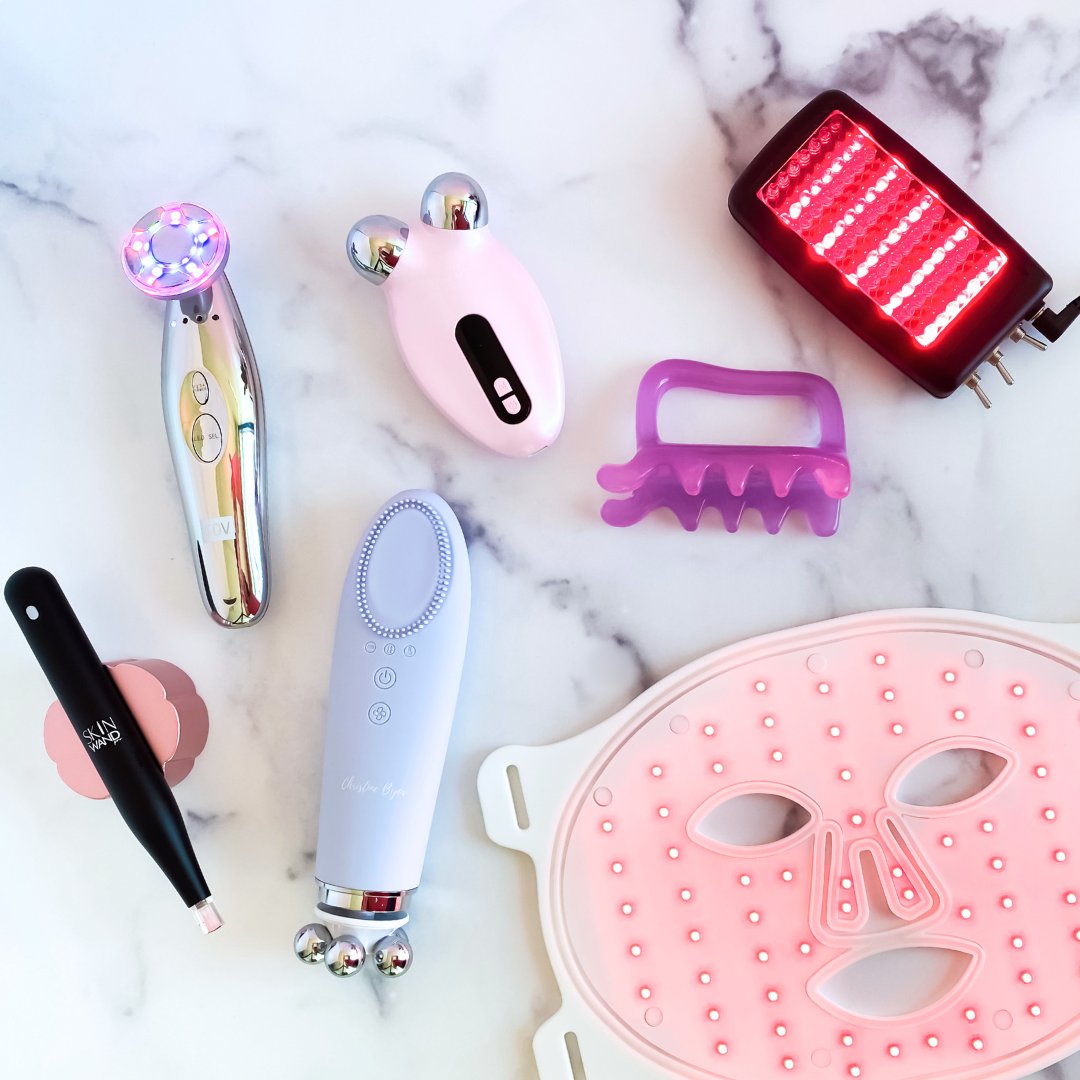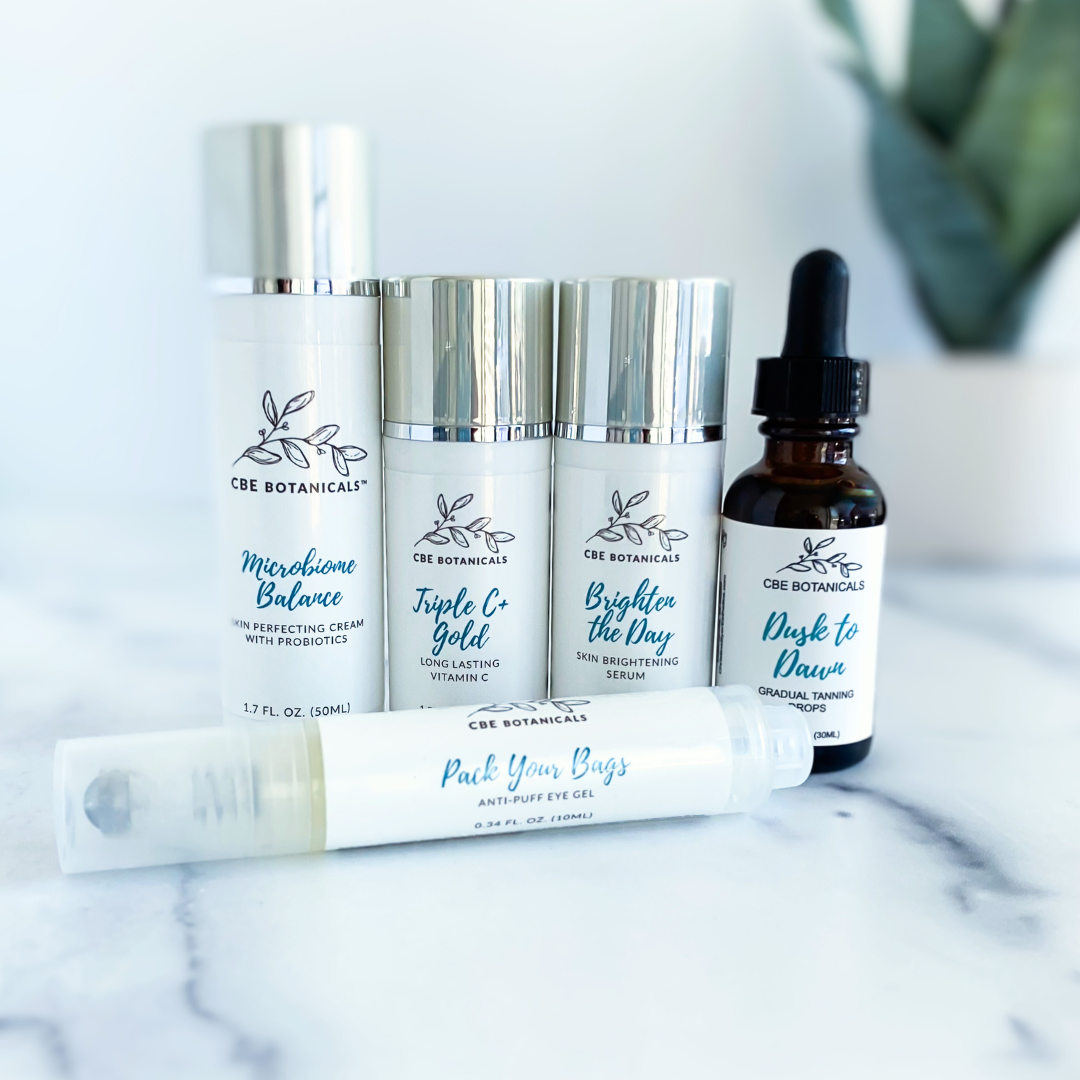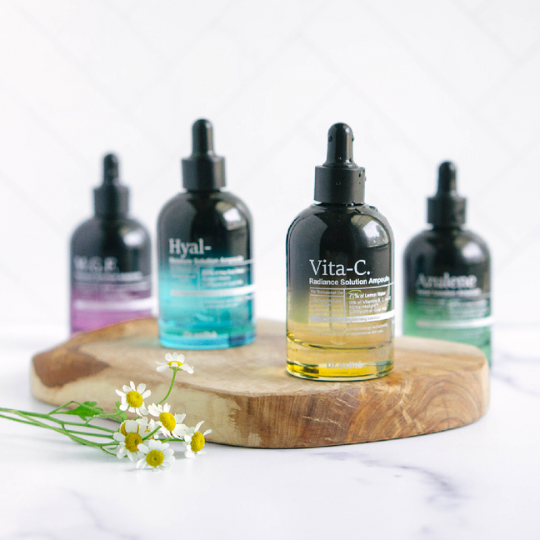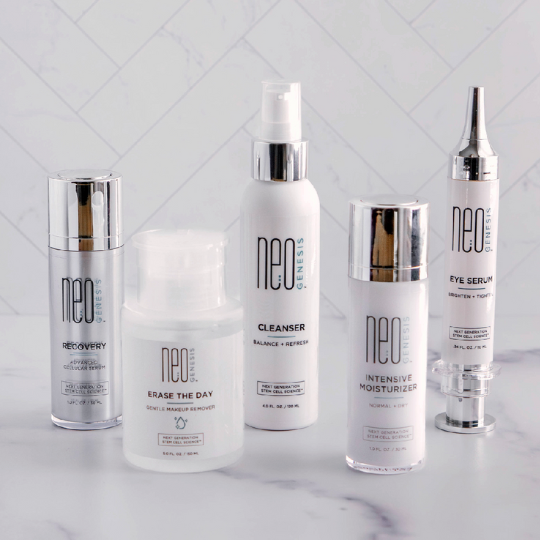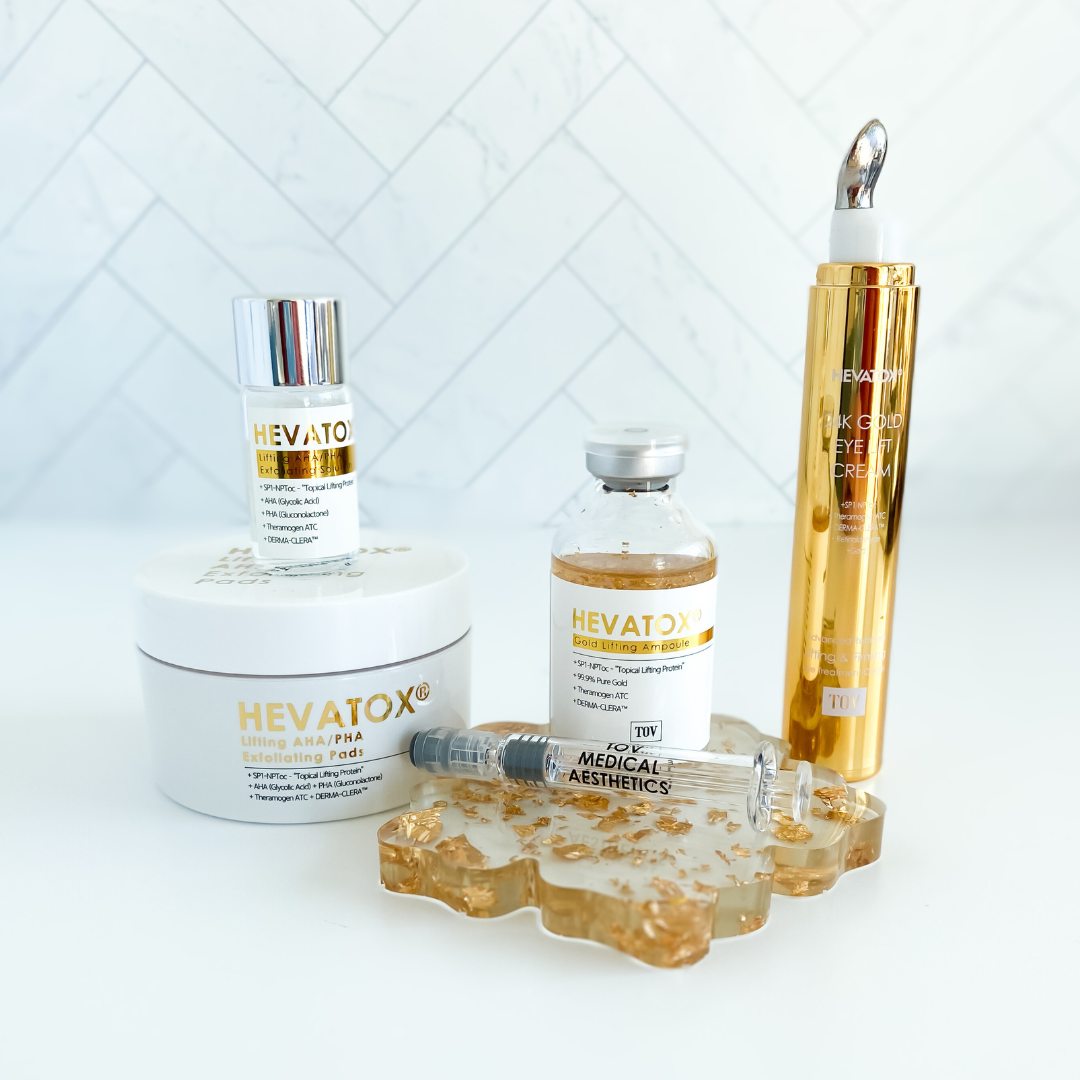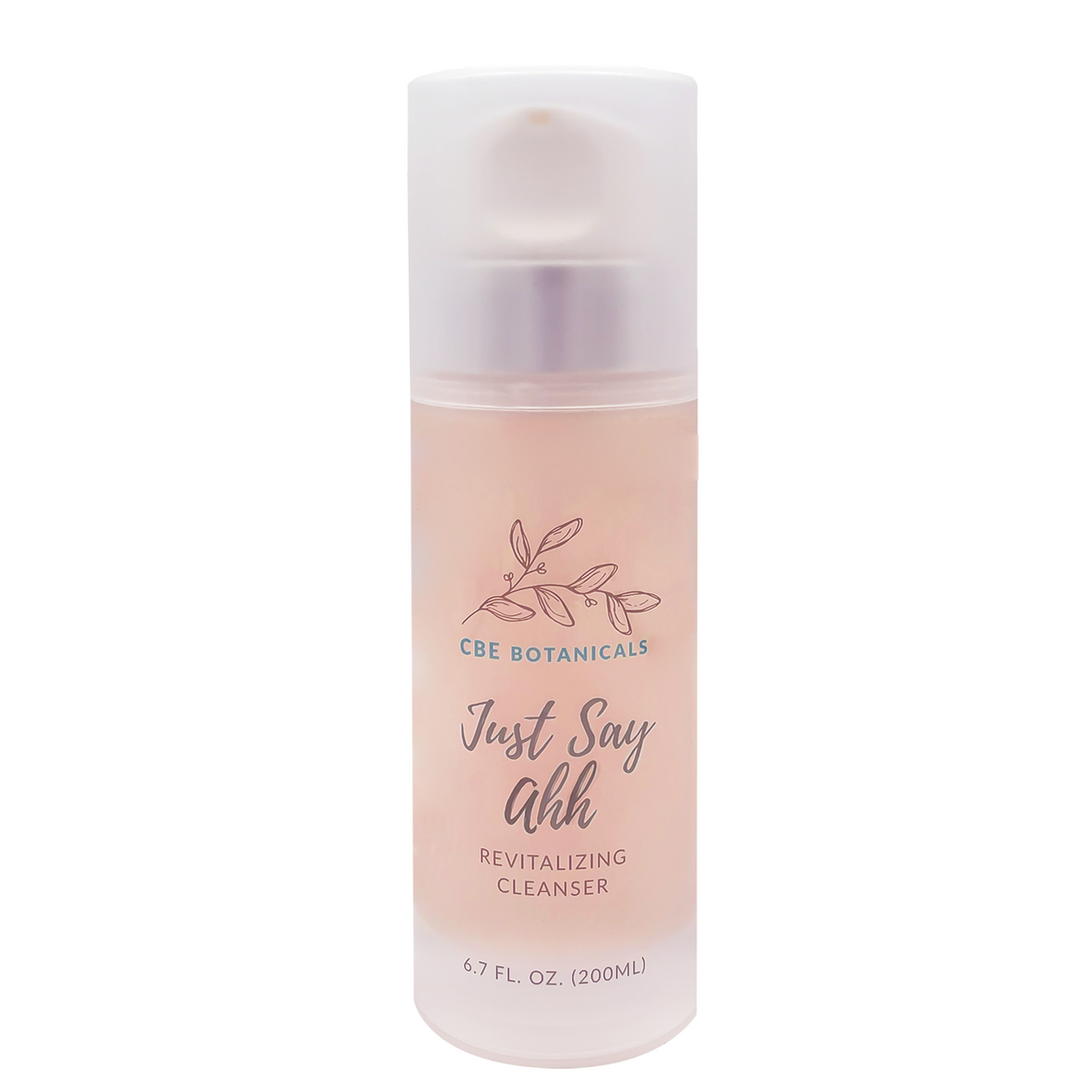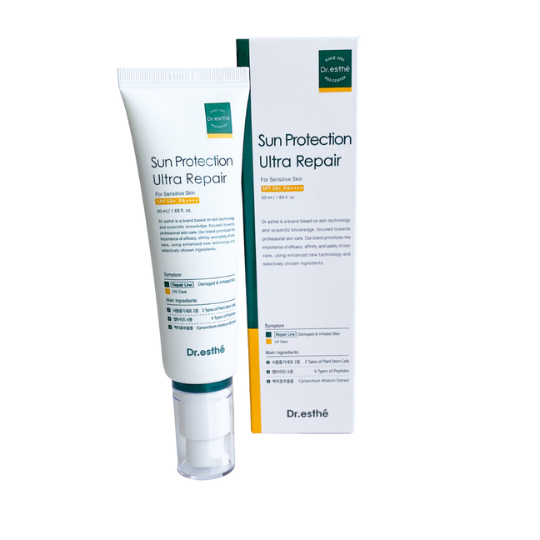- Dermaplaning, a gentle exfoliation treatment, involves scraping away dead skin cells and peach fuzz from the face, revealing smoother, rejuvenated skin.
- While dermaplaning offers numerous benefits such as cleaner pores and improved effectiveness of skincare products, it also comes with potential drawbacks like the risk of ingrown hairs and nicks if not performed correctly.
- Proper aftercare following dermaplaning, including sun protection and gentle skincare, is essential for maintaining the results and preventing damage to the skin.
Dermaplaning, a popular skincare treatment, has been making waves in the beauty world for its promise of smoother, more radiant skin. As a licensed esthetician with a passion for skincare, I'm excited to delve into the details of this transformative procedure. So, grab a cup of tea and settle in while we explore the world of dermaplaning together!
What is Dermaplaning?

Dermaplaning is a non-invasive exfoliation treatment that involves gently scraping the top layer of skin on the face, known as the stratum corneum, using a medical-grade scalpel or a high-quality home-use blade. This process effectively removes dead skin cells and fine vellus hairs, also known as peach fuzz, leaving the skin ultra-smooth and rejuvenated.
Pros and Cons of Dermaplaning?
There are pros and cons to this process but first, let's review important dermaplaning instructions. The key is to begin with clean skin using a clean, sharp blade held at a 45-degree angle while skin is held taut. Short scraps, removing debris from the blade as the face is treated. To avoid injury skin must always be held taut.
The process removes both dead skin cells and the fine vellus hairs known as peach fuzz, leaving the surface of the face ultra smooth.
Dermaplaning stimulates the development of new skin cells revealing new skin on the surface. It leaves skin in a healthier condition but without any harsh chemicals, excessive downtime, or pain. There may be a slight redness that goes away quickly.
Pros:
Like any skincare procedure, dermaplaning has its pros and cons. On the positive side, it results in cleaner, smaller-looking pores.
- At-home skincare products are more effective
- Cosmetics go on cleaner
- Skin is rejuvenated
- Stimulates new skin cells, improving the appearance of fine lines and wrinkles
- No more fuzzy hair on face
Cons:
It's essential to consider the potential drawbacks of dermaplaning. If not done with a clean, sharp blade, there is a risk of ingrown hairs and nicks, which can lead to injury.
- Nicks can occur creating injury if not done carefully or properly.
- Anyone in the midst of an active acne outbreak or who have open wounds or lesions on their face should NOT perform dermaplaning.
- Dermaplaning too often can damage skin. Never dermaplane more than once a week. Some will only need once a month or every other week.
- You will feel stubble as hair grows back. This doesn't mean hair is thicker or more coarse. It is due to hair being cut straight across but it's the exact same texture and color as it was before dermaplaning. It does not grow in thicker.
Important Aftercare
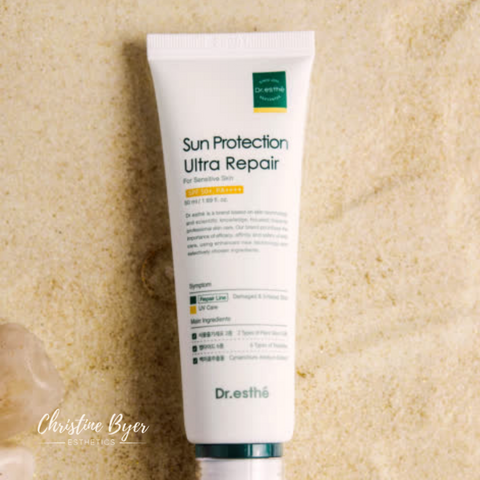
- Avoid sun exposure and extreme heat: Shield your skin from harmful UV rays and excessive heat, as the freshly exfoliated skin may be more sensitive. Opt for a high-quality sunscreen like the Ultra Sheer SPF 50 Sunscreen to provide broad-spectrum protection without clogging pores
- Refrain from using scrubs or other exfoliators: Give your skin time to recover without further irritation by avoiding harsh exfoliating products. Instead, nourish your skin with a gentle moisturizer like the Dr Esthé Aqua Infusion Water Drop Cream, formulated to hydrate and soothe the skin without greasiness.
- Steer clear of chlorinated pools: Chlorine can irritate freshly exfoliated skin, so it's best to avoid swimming pools for a few days after dermaplaning.
-
Use gentle cleansers and moisturizers: Treat your skin to gentle,
nourishing cleansers and moisturizers that won't strip away its natural oils. Consider incorporating the CBE Botanicals Just Say Ahh Cleanser, a pH-balanced formula that effectively cleanses without drying out the skin
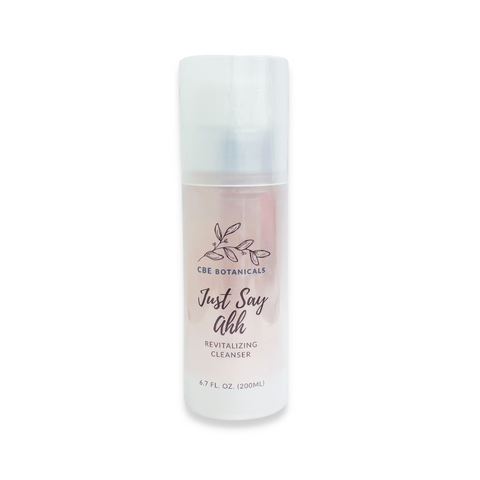
FAQs:
Is dermaplaning painful?
Dermaplaning is typically painless, although some individuals may experience mild discomfort or sensitivity during the procedure. For me, I love the relaxing feel of this treatment (unless I get nicked, but this is rare.)
How often should I dermaplane my skin?
It is recommended to dermaplane no more than once a week to avoid over-exfoliation and potential damage to the skin.
Can I wear makeup immediately after dermaplaning?
It's best to wait at least 24 hours before applying makeup after dermaplaning to allow the skin to recover fully.
Will dermaplaning make my hair grow back thicker?
No, dermaplaning does not change the texture or thickness of hair. Any stubble experienced after dermaplaning is simply due to the hair being cut straight across and will grow back as it was before.
In conclusion, dermaplaning is a fantastic skincare treatment that can provide numerous benefits when done correctly and with proper care. By following the guidelines outlined in this guide and using high-quality skincare products, you can achieve smoother, more radiant skin that glows from within.

Want to get support with your skincare journey? Join us in the Christine Byer Beauty Club. We offer a 14-Day FREE Preview with full access to everything in the Club. Ask questions and have access to savings and the opportunity to win a FREE online consultation. If you don’t find value in your membership, cancel before the 14th day to try it for FREE.


